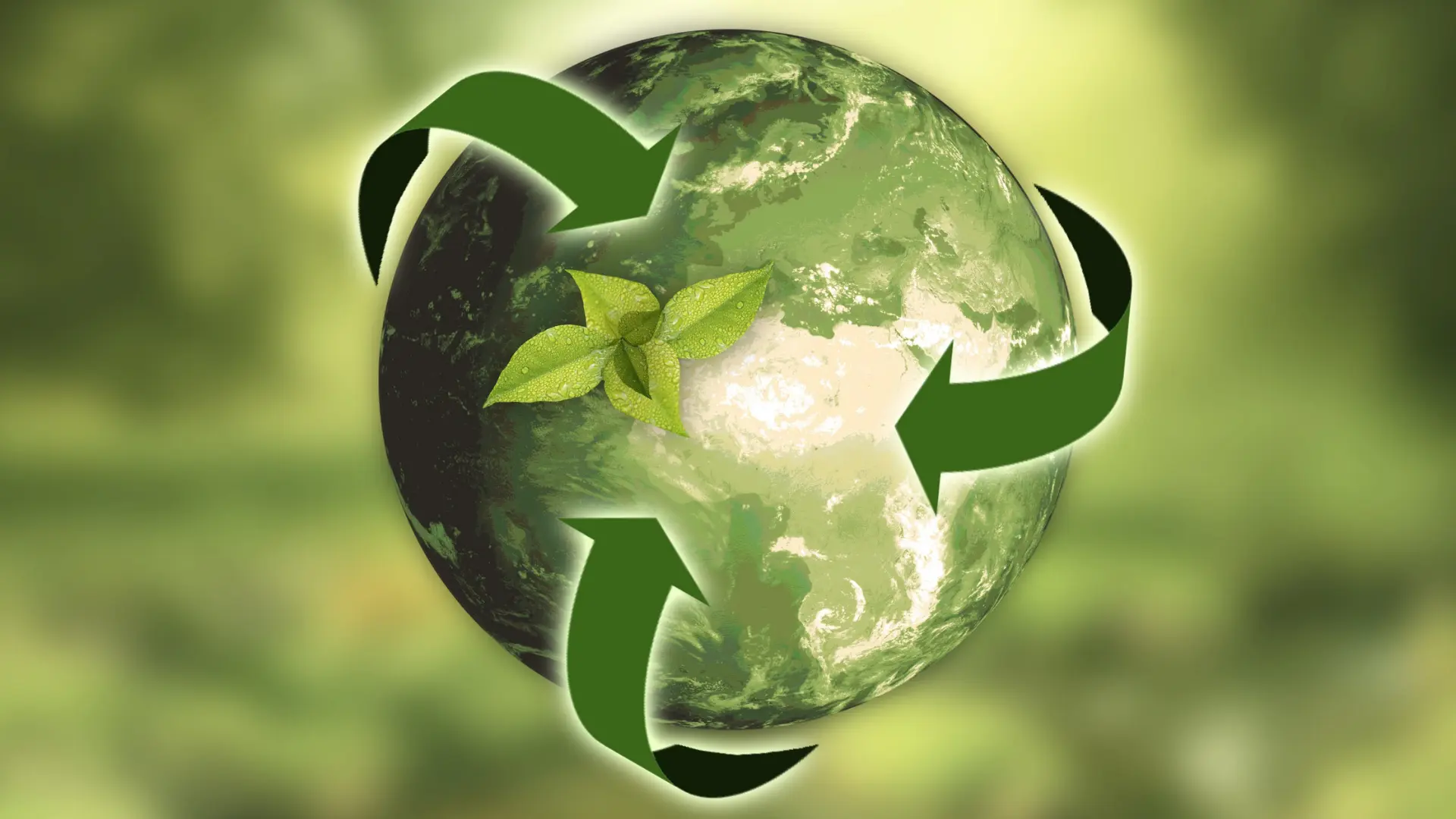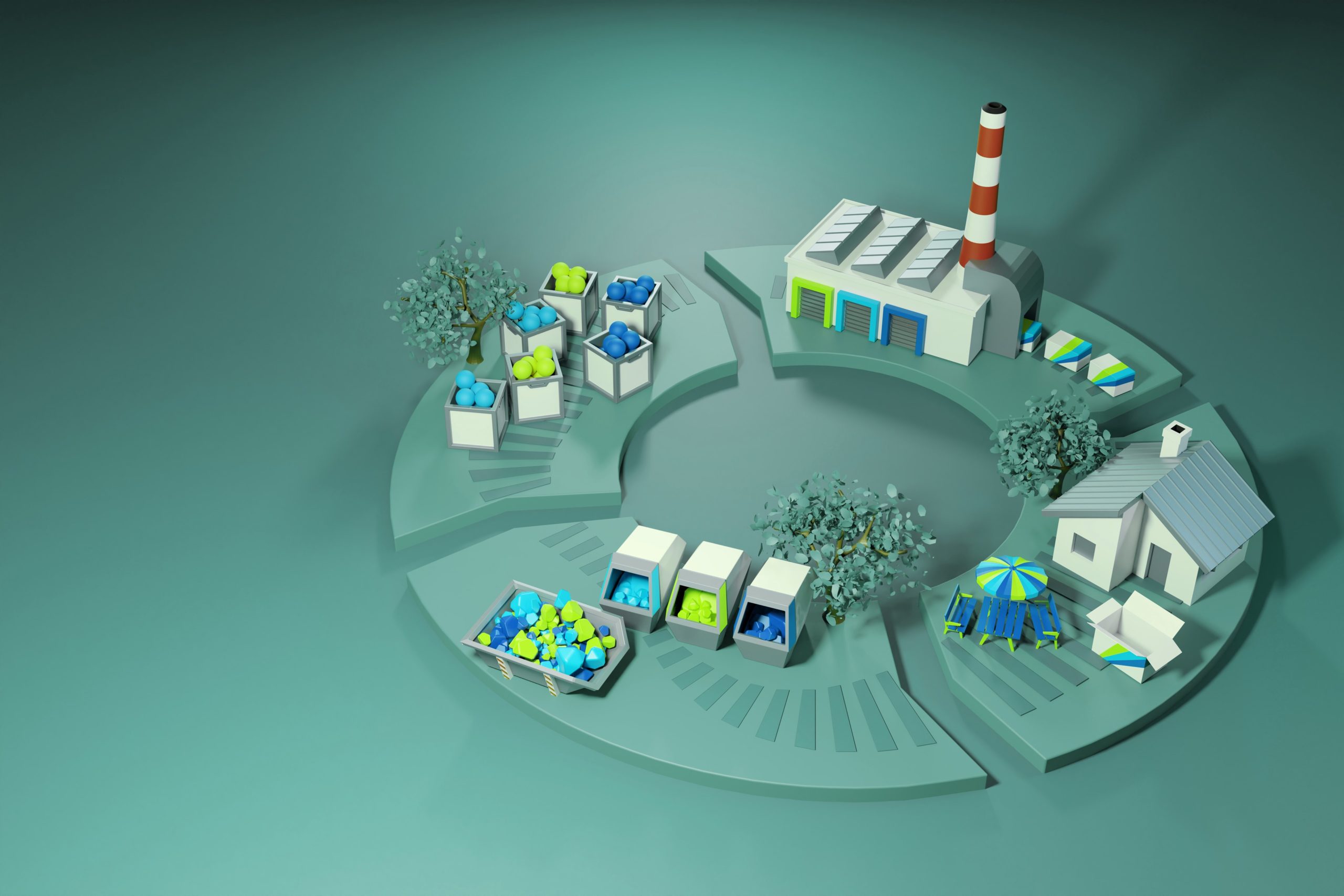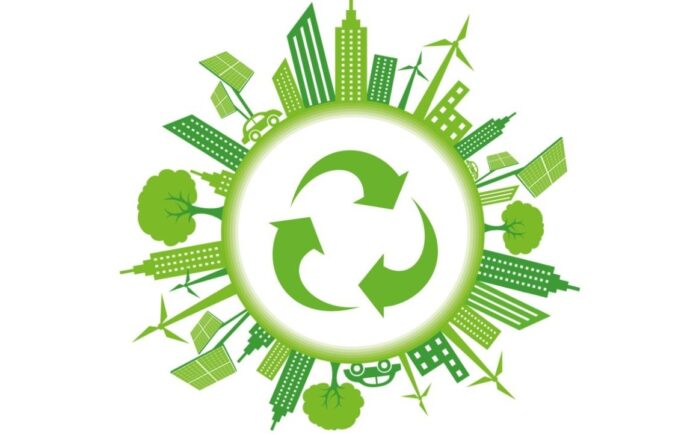The circular economy is a new way of thinking about how products are used and recycled. It calls for an end to wastefulness, by encouraging companies to recycle materials when they’re no longer needed and reducing the amount of waste created in the first place. Here’s what you need to know about the circular economy, and why it’s so important for sustainability.
Circular Economy Basics

The circular economy is a concept that has been gaining in popularity over the past few years as it emphasizes recycling and reducing waste. The idea is that we should move away from creating products that are designed to be used once and then thrown away, and instead create products that can be reused or recycled multiple times. There are many benefits to the circular economy, including reducing the amount of waste that is created, improving air quality, and helping to protect our environment.
The key to implementing a circular economy is to ensure that all products are designed with this in mind from the start. This means ensuring that products are made with recyclable materials, using less packaging, and making sure waste is properly disposed of.
There are many ways that businesses can get involved in the circular economy, from designing their own products to adopting more sustainable practices in their manufacturing processes. It’s important to remember that it takes a whole spectrum of actions to create a successful sustainable circular economy, and each business will have different priorities and needs. However, by working together we can make a real difference in tackling global sustainability issues.
The Elements of a Circular Economy
A circular economy is a sustainable economic model that revolves around creating and managing resources in a way that does not damage the environment or impede economic growth. It is an increasingly popular concept, as it offers many benefits over traditional linear models, including reducing waste, promoting innovation, and improving efficiency.
Circular economy principles can be applied to a variety of sectors, including manufacturing, agriculture, and services. The key elements of a circular economy are:
- Resource usage: All products and materials must be used once and then disposed of in an environmentally safe way. This includes preventing pollution, recovering resources, and re-using materials until they reach their end use.
- Resource recovery: Products and materials must be recovered where possible so that they can be used again. This could include recovering energy from waste gases or turning used materials into new products.
- Waste prevention: Streamlining processes and avoiding waste will help to reduce the amount of material that needs to be recovered or reused.
- Inclusive design: Circular economy principles should be applied in all areas of design, from product development to procurement processes. This ensures that everyone involved in the production process is aware of the implications of their actions.
- Sustainability: The circular economy should be designed to be sustainable over the long term, so that it does not damage the environment or impede economic growth.
There are a number of tools and resources available to help businesses implement a circular economy, including waste management plans, resource mapping tools, and waste reduction campaigns.
Circular Economy in Action

One of the most important aspects of the circular economy is sustainable production. By implementing processes that reduce or eliminate waste, businesses can create products that are both environmentally friendly and durable. Some examples of sustainability features that can be incorporated into production processes include reducing material input, improving materials handling, using recyclable materials, using renewable energy sources, and reducing emissions from manufacturing processes.
The Benefits of a Circular Economy
A circular economy is a sustainable way to manage resources and products throughout their entire life cycle. A circular economy helps to reduce waste, conserve resources, and protect our environment.
Here are some of the benefits of a circular economy:
– Reduced waste: By using materials in a more sustainable way, we can reduce the amount of waste that needs to be produced.
– Conservation: By recycling and reusing materials, we can conserve resources and help protect the environment.
– Improved safety: Because products can be tracked from source to end use, it is easier to ensure that they are safe and compliant with safety regulations.
– Increased efficiency: A circular economy allows for better use of resources and greater efficiency in production.
The Challenges of Implementing a Circular Economy

The benefits of a circular economy go beyond just helping the environment; it can also be very helpful in creating a more sustainable economy. Here are some of the challenges that need to be addressed in order to make a circular economy a reality:
– Lack of awareness: Many people still think of the economy as being linear, with one step following after the other. However, this is no longer how the world works. The key to making a circular economy work is to change people’s mindset and get them involved in its principles early on.
– Inconsistent policies: Many countries have started implementing various policies related to the circular economy, but there is still much work to be done in order to create a consistent framework across all sectors. This is why it’s important for businesses and governments to cooperate in order to create an effective system.
– Limited resources: One of the main challenges when it comes to implementing a circular economy is that there are not enough resources available to handle all the waste that is generated. This means that there is a need to find ways to reuse and recycle waste in a more sustainable way.
– Lack of infrastructure: Another challenge is that there is often not enough infrastructure available to handle the increased amount of waste that will be created when a circular economy is implemented. This means that there needs to be investment in new technology and infrastructure in order to make the system work.
Conclusion
The circular economy is a key element of sustainability and contributes to reducing environmental impact. Basically, it refers to the practice of creating products that can be used and reused over and over again. By designing products in this way, we not only help reduce our reliance on finite resources, but also create jobs and boost economic growth. In addition, the circular economy has the potential to make us more resilient to climate change as it helps us conserve natural resources. As we work towards achieving global sustainability goals, implementing the principles of the circular economy will be essential.






